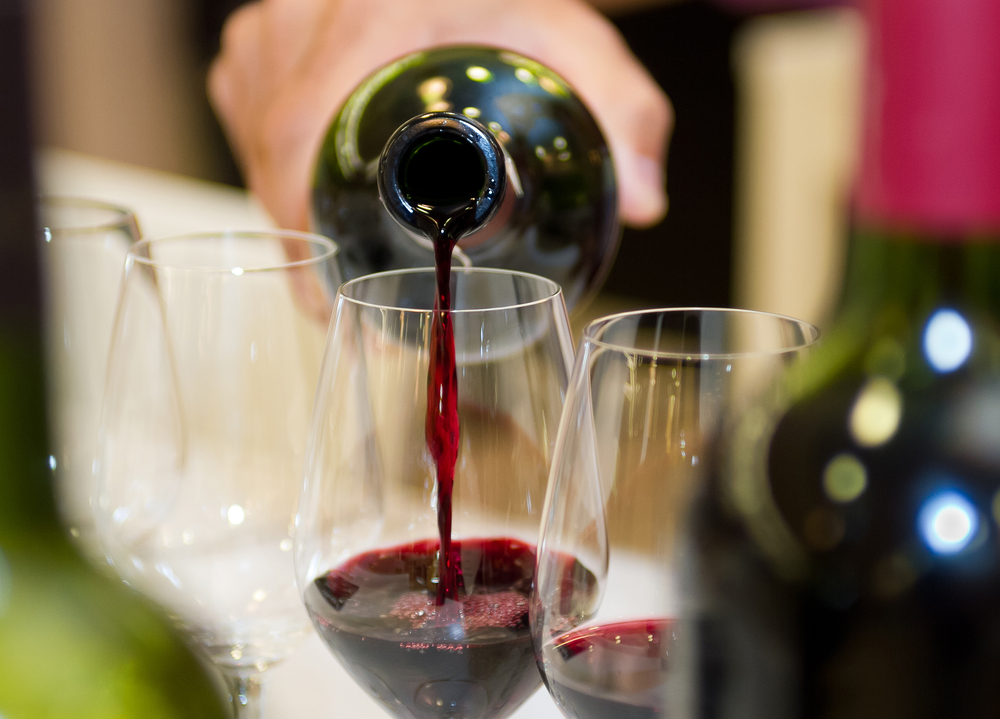
Wine, at its core, is a story of transformation, where simple grape juice is converted into a complex beverage that has captivated humanity for millennia. Central to this story is a microscopic protagonist: yeast. While the basics of yeast’s role in wine fermentation are widely understood, the nuances of how different yeast strains influence wine’s flavor, aroma, and texture are less commonly discussed. This blog post embarks on a deep dive into the world of yeast, shedding light on its pivotal role in winemaking and exploring facets of yeast fermentation that go beyond the conventional narrative.
Understanding yeast and fermentation
The fundamental process: yeast is a type of fungus that consumes sugar in grape juice and converts it into alcohol and carbon dioxide through fermentation. This process is the cornerstone of winemaking, but the specific strain of yeast used, whether wild or cultured, can significantly affect the wine’s outcome.
Wild vs. Cultured yeast: wild yeasts, naturally present on grape skins and in wineries, can initiate fermentation spontaneously. This approach, favored in natural winemaking, can produce wines with unique, terroir-driven characteristics. Cultured yeasts, selected and bred for specific qualities, offer winemakers greater control over fermentation, ensuring consistency and preventing unwanted off-flavors.
The impact of yeast on wine flavor
The flavor architects: beyond their primary role in alcohol production, yeasts contribute a myriad of compounds that influence wine’s flavor and aroma profile, such as esters, higher alcohols, and phenolics. The choice of yeast strain can therefore be as critical to a wine’s character as grape variety or terroir.
Strain selection: different yeast strains have varying abilities to produce these flavor compounds. For example, strains of saccharomyces cerevisiae used in chardonnay fermentation can enhance fruity and floral notes, while others might contribute to a wine’s body and mouthfeel.
The texture and mouthfeel contributions
The overlooked aspect: yeasts also play a role in shaping a wine’s texture and mouthfeel, aspects of winemaking that are often attributed solely to grape variety or aging processes. During fermentation, yeasts produce glycerol, a compound that can contribute to the wine’s viscosity and smoothness.
Managing fermentation conditions: by adjusting fermentation parameters such as temperature and oxygen exposure, winemakers can influence yeast metabolism to enhance these textural qualities. Cooler fermentation temperatures, for instance, tend to increase glycerol production, leading to wines with a richer mouthfeel.
The role of yeast in malolactic fermentation
The underdiscussed connection: while primarily associated with bacteria, yeast plays a supporting role in malolactic fermentation (mlf), a process where sharp malic acid is converted to softer lactic acid. Certain yeast strains can coexist with lactic acid bacteria, facilitating a smoother transition to mlf and contributing to the wine’s overall balance and complexity.
Integrated fermentation strategies: innovative winemakers are exploring co-inoculation techniques, adding selected yeast and bacteria strains simultaneously to streamline fermentation processes and achieve desired acid profiles.
Yeast’s contribution to wine aging
The long-term influence: yeast’s impact extends beyond fermentation, influencing wine’s aging potential. The autolysis of yeast cells, particularly in wines aged on lees (dead yeast cells), releases compounds that add complexity, enhance flavor stability, and improve aging capacity.
Lees aging techniques: stirring the lees, a practice known as “Bâtonnage,” can increase the wine’s exposure to these beneficial compounds, enriching its flavor profile and contributing to a more complex bouquet.
Conclusion
Yeast is far more than a catalyst for alcohol production; it is a vital ingredient that shapes the soul of a wine. From influencing flavor, aroma, and texture to playing a role in malolactic fermentation and aging, yeast’s contributions to winemaking are profound and multifaceted. By exploring and harnessing the diverse capabilities of yeast, winemakers can craft wines of exceptional depth, complexity, and character, further elevating the art and science of winemaking. As our understanding of yeast’s role in fermentation deepens, so too does our appreciation for the intricate processes that bring a bottle of wine to life.





